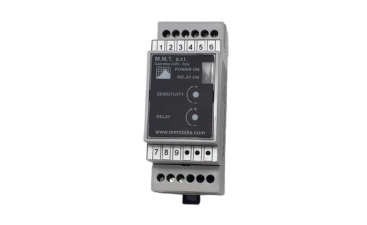Level switches for conductive liquids
Level switches for conductive liquids are an essential component in many industries. These sophisticated level controllers play a crucial role in monitoring and controlling liquid levels in tanks, cisterns and other containers, ensuring operational efficiency and preventing potential problems such as overflows or liquid shortages.
Level switches for conductive liquids utilise the principle of electrical conductivity to detect and manage fluid levels. These devices are particularly effective with liquids such as water, acids, salt solutions and other fluids that can conduct electricity. Their operation is based on the ability of these liquids to complete an electrical circuit, allowing the controller to accurately determine the fluid level in the container.
Operating Principles of Level Controllers
Level controllers for conductive liquids operate on a fundamental electrical principle: conductivity. This method exploits the ability of conductive liquids to carry electric current, allowing precise and reliable measurement of the liquid level within a container.
The operation of these level switches (or level meters) is based on a system of electrodes immersed in the liquid. Typically, two or more electrodes placed at different heights inside the container are used. When the liquid level reaches a certain electrode, an electrical circuit is created that is detected by the regulator.
The system uses a low-voltage alternating current to prevent electrolysis and ensure operational safety. The current flowing through the liquid is minimal, generally in the milliamp range, making the system safe even for sensitive applications.






